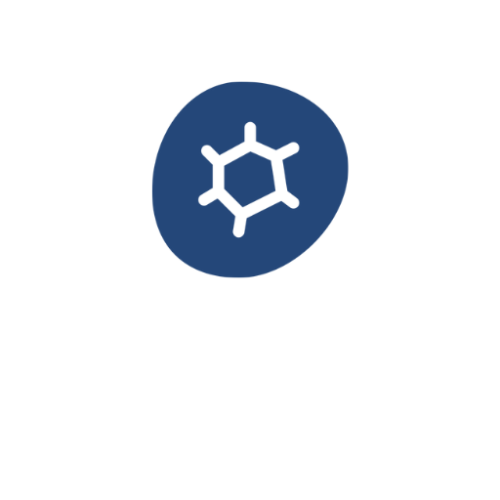p-mHMG1 plasmid (20 µg) [HM-300]
Plasmid p-mHMG1 contains the genomic mouse HMGB1 with its own promoter and enhancer, exons and introns (Falciola et al. High mobility group 1 protein is not stably associated with the chromosomes of somatic cells. J Cell Biol 1997, 137: 19-26).Mouse HMGB1 contains only 2 conservative substitutions with respect to human HMGB1.
When transfected in mammalian cells, this plasmid increases transiently the HMGB1 content 4- to 7-fold.
Pubblications:
- The Regulatory Role of Nuclear Respiratory Factor 1 in Bladder Cancer Cells
- CUL4A-mediated ZEB1/microRNA-340-5p/HMGB1 axis promotes the development of osteoporosis
- Leukoreduced PRP enhanced proliferation and ECM production yet inhibited senescence, inflammation, and multi-differentiation potential of AFSCs by downregulating HMGB1
- HSF1 enhances the attenuation of exosomes from mesenchymal stem cells to hemorrhagic shock induced lung injury by altering the protein profile of exosomes
- The Role of Box A of HMGB1 in Enhancing Stem Cell Properties of Human Mesenchymal Cells: A Novel Approach for the Pursuit of Anti-aging Therapy
- Determination of the Impact of High-Intensity Pulsed Electromagnetic Fields on the Release of Damage-Associated Molecular Pattern Molecules
- Afzelin induces immunogenic cell death against lung cancer by targeting NQO2
- Evidence for SIRT1 Mediated HMGB1 Release From Kidney Cells in the Early Stages of Hemorrhagic Shock
- The Anti-inflammatory Effects of HMGB1 Blockades in a Mouse Model of Cutaneous Vasculitis
- Nonoxid-HMGB1 Attenuates Cognitive Impairment After Traumatic Brain Injury in Rats
- Calogero et al. The lack of chromosomal protein HMG1 does not disrupt cell growth, but causes lethal hypoglycaemia in newborn mice. Nature Genet 1999, 22: 276-80.
- Aidinis et al. The RAG1 homeodomain recruits HMG1 and HMG2 to facilitate Recombination Signal Sequence binding and to enhance the intrinsic DNA-bending activity of RAG1-RAG2. Mol Cell Biol 1999, 19: 6532-42.




